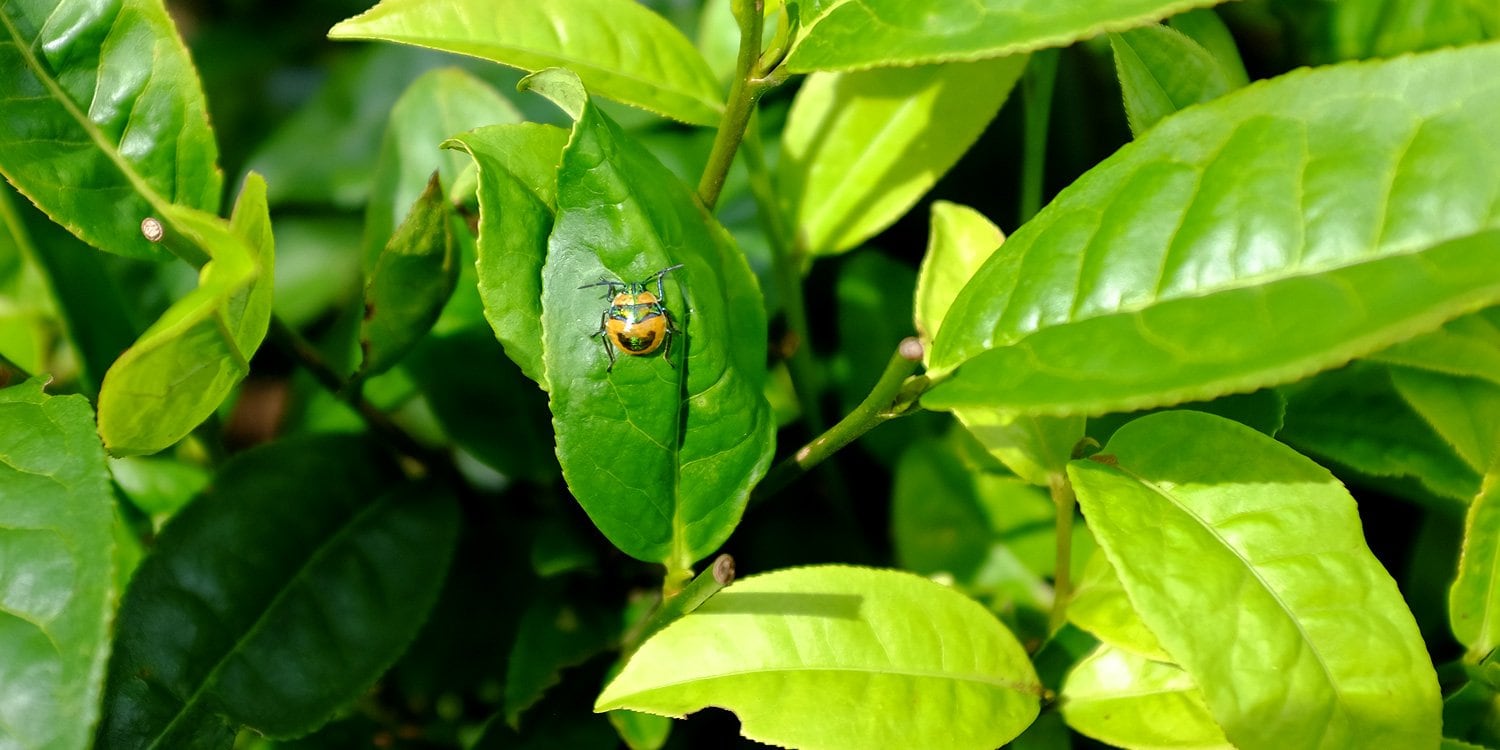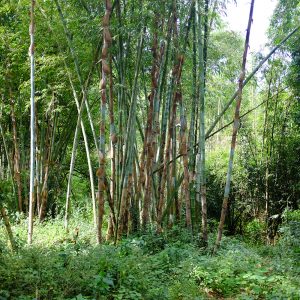Pesticide Testing for Teas and the EU MRL
This spring white2tea released three teas that were tested for and passed 440 of the European Union’s Maximum Residue Limits or EU MRL, which is the European Union standard for safety on agricultural products.
This spring we tested one tea in each of three categories; a black tea (2017 Natural Redhead), a white tea (2017 Turtle Dove), and a raw Puer tea (2017 Big Green Hype). Each tea was individually tested in order to ensure the accuracy of the tests performed. We tested roughly 200 grams of each tea and each 200 gram testing sample was a mixture of several days of picking and processing, in order to ensure the test included the broadest possible sample of variability for each tea. For Big Green Hype, we tested 500 grams, as it was the largest of the three productions, and we wanted to ensure that the sample reflected that. Our goal in testing these teas was to create a group of offerings that were affordable enough for most consumers to be able to drink on a regular basis, if their main goal was to have lab tested teas. Of course, as with all our teas, we also wanted to make teas that provided an enjoyable drinking experience for our customers.
What does this mean for the Teas?
First, it should be clarified that passing a test for the EU MRL for tea does not mean that a tea is completely free of any trace residue of pesticides. Tea has an allowable amount of trace residues that are acceptable according the European Union regulations. In most cases, the allowances are under .01 milligram per kilogram of tea, which is obviously an extremely small amount. According to the testing centers we spoke with, this amount of trace residue can potentially show up on a tea even if the tea has never been directly sprayed. This can happen for a number of reasons, and as long as it falls within an acceptable range, these teas would still pass. Second, it should be noted that these three teas have not been tested for the entire battery of substances listed in the EU MRL, however, they have been tested for the vast majority. There are a couple of individual chemicals that needed to be tested separately and would have significantly increased our testing costs, so we decided to test for 440 as it was the best combination of being comprehensive and cost effective.
With both of those points being clarified, we feel the results of the testing and our personal understanding of the environments where the teas were grown are strong enough to indicate that these teas are among the cleanest of any teas available in the market. We are deeply familiar with the areas where these teas are grown and the people who harvest and process the teas. We were confident about these teas before the test results came in, but the laboratory testing adds another layer of confidence for consumers. Third, we spend an incredible amount of time and effort sourcing all of our teas, not just the three listed above. Another reason we chose to test these entry-level teas was as a way to indicate the kind of quality of environment that white2tea seeks out, even for our most economical teas. We hope to add a few additional options to this group in the future. If you have any questions about this article, the teas mentioned above, or would like to see the reports from these teas, simply contact us. To view the teas discussed in this article, click here. If you are interested in reading more about the EU MRL regulations, click here.




